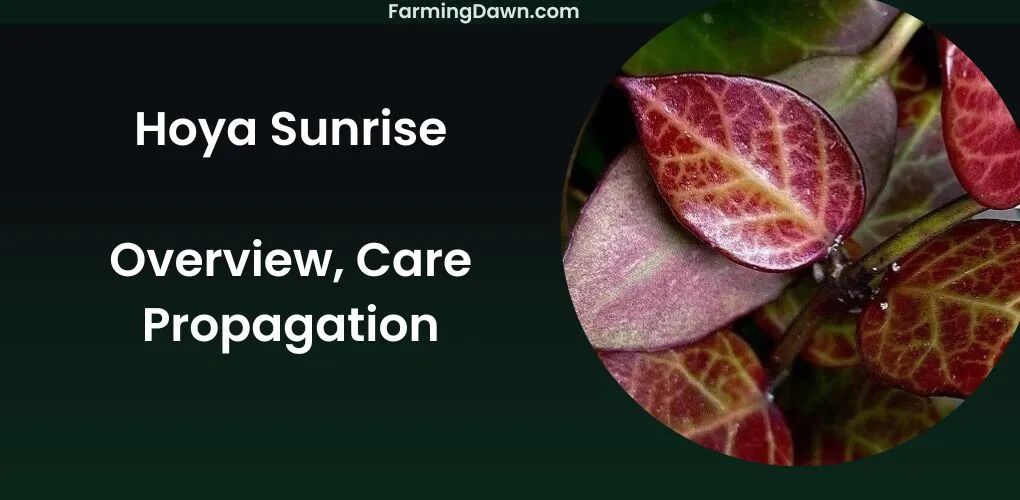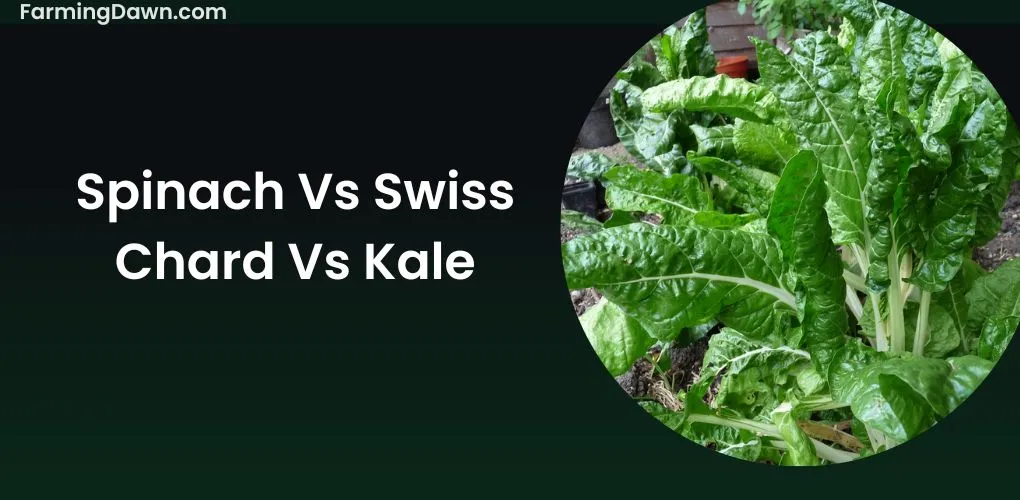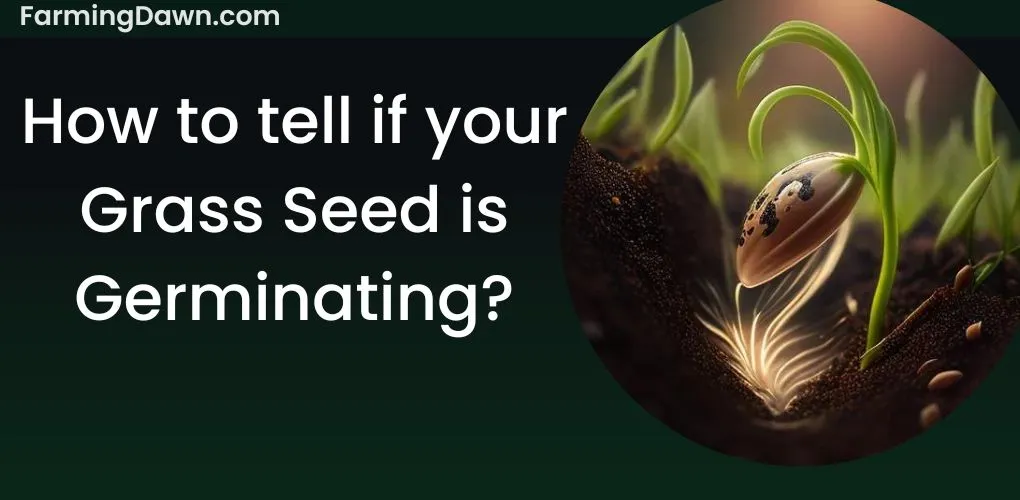The Hoya Sunrise plant is an attractive, easy-to-care-for houseplant that makes a great addition to any home. Its origin dates back hundreds of years ago in tropical regions of Southeast Asia, yet it still remains popular among indoor gardeners around the world.
We’ll explore its unique characteristics and care tips as well as how you can propagate your own new plants quickly and easily with minimal effort. So read on if you want to learn more about this special houseplant, and let’s get started!
Overview Of Hoya Sunrise
The Hoya plant is a strikingly beautiful houseplant with vibrant, star-shaped blooms that seem to bring the sun into any room. Its soft and waxy leaves give off an almost ethereal glow when placed near a light source like a window or lamp.
This unique tropical beauty will be sure to make any home brighter and more inviting. With its origins in Australia and Southeast Asia, the Sunrise Hoya is known for being easy to care for and tolerant of fluctuations in humidity and temperature levels.
Related: How to Care for Philodendron Moonlight?
Here, have a quick overview of this beautiful plant:
| Common Name | Hoya sunrise, wax plant, porcelain flower |
| Botanical Name | Hoya lacunosa x hoya obscura |
| Family | Apocynaceae |
| Type | Tropical vine |
| Size | 6 – 9 ft. tall |
| Sun Exposure | medium to bright indirect sunlight |
| Soil Type | A mixture of soils intended for succulents, cacti, orchids |
| Temperature | 65-80 F (18-26 celsius) |
| Humidity | 60-80% |
| Flower Color | white when grown in shade and pink when grown in sunlight |
| Common issues | Pests and diseases(mealybugs and aphids) |
| Native Areas | Southeast Asia(Malaysia) and Australia |
Origin And Appearance Of Hoya Sunrise
Also known as Hoya buotii sunrise and Hoya cv Sunrise, this species is a hybrid native to Southeast Asia and Australia. It’s an evergreen climbing vine with fuzzy foliage that produces clusters of fragrant yellow flowers.
This plant has big, glossy green leaves with stunning red-orange flowers. Not only is it beautiful to look at, but it’s also relatively easy to care for; in fact, almost anyone can grow this tropical beauty.
Sunrise hoya is incredibly easy to care for and can be grown indoors or outdoors depending on your climate zone. The Sunrise variety really stands out among other hoyas thanks to its unique characteristics; if you’re looking for something special, this might be the perfect choice!
See more: Learn the characteristics of Alocasia zebrina.
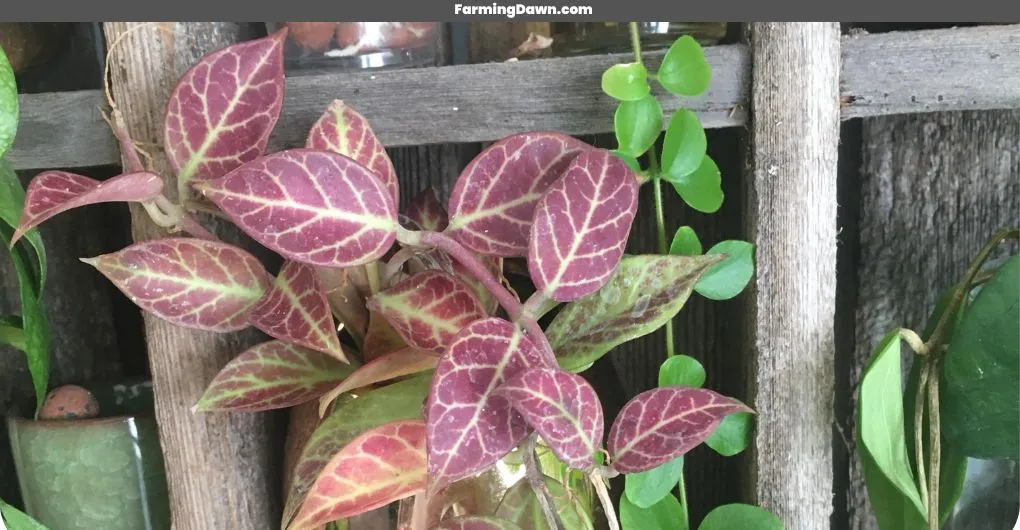
How To Care For Hoya Sunrise?
The key to success when caring for your Sunrise Hoya is keeping the soil moist (but not soggy), providing bright light (not direct sunlight), and fertilizing every two weeks during its growing season. Let’s discuss everything you need to know about caring for Hoya Tequila Sunrise so you can create a lush little jungle of your own!
Watering And Fertilizing Hoya Sunrise
Watering and fertilizing your Hoya ‘Sunrise’ is essential for its long-term health. Believe me when I say that if you give this glorious specimen the proper sunrise hoya plant care, like watering and fertilizing at regular intervals, it will reward you with lush growth and even more beautiful blooms!
Of course, water and fertilizer alone won’t be enough; make sure you provide the right amount of sunlight, temperature levels, humidity, and other environmental factors as well. If done correctly, you can expect robust foliage from your beloved Sunrise Hoya.
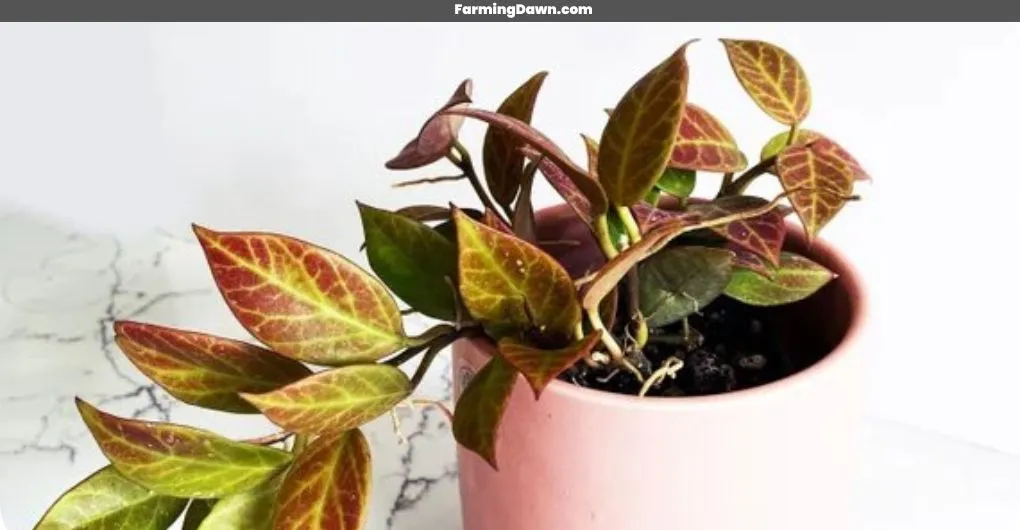
Lighting Requirements
I’m sure you’re wondering what it takes for your Hoya ‘Sunrise’ to really shine, right? The key is all about lighting and getting it just right. For starters, you’ll want to make sure they’re in bright but indirect light.
That means finding a spot away from direct sunlight so that their colorful tequila sunrise blooms can thrive without burning out. You may even need to rotate them every now and then so that each side gets an equal amount of sun exposure.
Temperature And Humidity Requirements
It’s a bit like trying to keep a wild animal in captivity, if you don’t get the temperature and humidity just right, your Hoya Sunrise won’t be able to thrive. This unique plant needs warm temperatures between 65-88°F (18-26°C).
Humidity should stay at around 55% or higher for best results. If you can mimic its natural environment, it will reward you with beautiful blooms when cared for diligently. But getting that perfect balance of climate conditions isn’t easy, it requires patience and dedication.
To ensure success, regularly observe your plant’s leaves; they’ll tell you all you need to know about how comfortable your new house guest is feeling!
Pruning And Repotting
Now that we’ve gone over the temperature and humidity requirements, let’s talk about pruning and repotting. Pruning is an important part of caring for this particular hoya as it helps keep its shape tidy and encourages new growth.
You should use sharp shears to cut off any dead or dying leaves, stems, or flowers. Be sure to sterilize your tools before you start cutting! And If you want to encourage more compact foliage, try trimming back some of the longer branches with a pair of scissors, just be careful not to take too much off at once!
It’s also recommended to repot this plant during its active growing season (usually springtime). When doing so, make sure you choose a pot size two inches larger than the previous one and fill it with fresh soil mix. If possible, look for a potting mix specifically designed for hoyas such as Hoya cv Tequila Sunrise, these mixes contain essential nutrients like iron and magnesium which are key for helping your plant reach optimal health.
Keeping up with regular pruning and repotting will ensure your Hoya ‘Sunrise’ stays healthy and happy all year round!
Common Pests And Diseases Of Hoya Sunrise
Sunrise Hoya is an exotic, beautiful flower that originates from Southeast Asia. It’s also known as Hoya Obscura Sunrise due to its unusual deep red hue. This plant requires a lot of care and attention in order for it to flourish; however, with the right amount of dedication and maintenance, you can be rewarded handsomely!
As with all plants, the Hoya Sunrise is susceptible to common pests and diseases such as aphids, mealybugs, spider mites, and powdery mildew.
It’s important to act quickly if any of these appear on your plant, use insecticidal soaps or natural remedies such as neem oil sprays followed by regular pruning and fertilizing sessions. With this extra bit of TLC, you can look forward to seeing more gorgeous blooms each season!
How To Propagate Hoya Sunrise?
When it comes to propagating Hoya Sunrise, cutting is probably the simplest and most straightforward method. It’s the only option when it comes to stem cuttings, which you can take from the tip or lower down the stem.
Layering is another option and involves burying a stem in the soil to create a new plant. Grafting is a bit more complex but can be used to create plants with unique characteristics or to help a weak plant.
I’ve had some success with grafting Hoya ‘Sunrise’, but it’s important to make sure you have a strong, healthy plant to work with. With the right care, all of these methods can be used to give your sunrise hoya a new lease on life.
Related: How to propagate Alocasis regal shield?
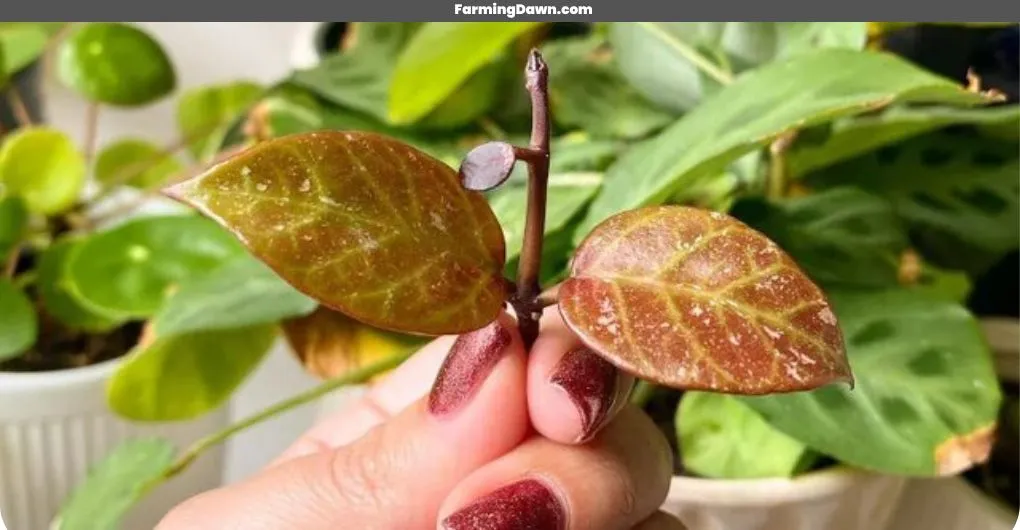
Cutting
The cutting method involves taking a stem or leaf from the existing plant, making sure it has at least two nodes (from which new roots will sprout). I suggest using clean scissors or pruners in order to make a clean cut on the sunrise hoya, this will help encourage healthy growth.
Also, remember that each cutting should be planted directly into the soil; don’t leave them sitting around for too long as they can dry out quickly! If you carry out these steps properly, you’ll soon have your own thriving Sunrise Hoya garden!
Layering
Layering is another great way to propagate Hoya plant. It’s a simple process that involves taking a stem or leaf from an existing plant and burying it directly into the soil, just make sure there are two nodes in the cutting for new roots to sprout!
The result? You’ll have your own, thriving garden of these gorgeous hoyas at an affordable price. Plus, you can feel proud knowing you’ve created something with your own hands. So why not give layering a try today and see the amazing results yourself?
Grafting
Grafting is a bit more involved than layering, but it allows for the creation of new plants that have characteristics from both parent plants. Grafting involves taking two different varieties of hoyas and combining them into one plant, so now you can enjoy multiple colors or even an interesting blend of shapes!
Plus, with grafting you can easily find sunrise hoya for sale online and in stores, giving you easy access to these beautiful blooms. So if you’re ready to get creative, why not give grafting a try?
Frequently Asked Questions Related To Hoya Sunrise
Is Hoya Sunrise Rare?
Sunrise Hoya is a popular and sought-after houseplant among collectors, but it is not considered to be a rare plant. While Sunrise Hoya is not widely available at all times in every plant store, it is not classified as a rare plant species. Its availability and price may vary depending on the location and demand in your area.
How Do You Care For A Hoya Sunrise?
Sunrise Hoya prefers bright indirect light and well-draining soil. Water when the top inch of soil is dry, and avoid overwatering. They enjoy high humidity levels and thrive in temperatures between 60-80°F.
Fertilize with a balanced houseplant fertilizer once a month during the growing season. They prefer to be slightly root-bound and can be propagated easily from stem cuttings.
Is Hoya Sunrise Easy To Grow?
Sunrise Hoya is generally considered an easy plant to grow, making it a popular choice for beginner and experienced plant enthusiasts alike. If you provide it with proper care, it can produce beautiful and fragrant flowers, adding to its appeal as a houseplant.
What Is The Difference Between Hoya Rebecca And Hoya Sunrise?
Hoya Rebecca and Sunrise Hoya are both cultivars of the Hoya plant species, but they have some differences in their characteristics. Hoya Rebecca has small, round leaves with a thicker texture and a more compact growth habit, while Sunrise Hoya has larger, pointed leaves with a thinner texture and a more trailing growth habit.
Hoya Rebecca’s leaves are also a darker green than those of Sunrise Hoya, and its flowers are white with a pink center, while Sunrise Hoya flowers are yellow with a pink center.
What Is The Rarest Type Of Hoya?
There are several rare and hard-to-find Hoya species, and the rarity of each one can vary depending on their availability and demand. However, one of the rarest and most sought-after Hoya species is the Hoya Macrophylla Or Large Leaved Hoya.
Final Thoughts
To sum up, Hoya Sunrise is a unique and beautiful houseplant, with vibrant pink blooms that are sure to brighten up any room. With proper care, this plant can be a great addition to your home for years to come! It’s important to keep in mind the lighting, watering, and fertilizing requirements of this plant if you want it to thrive.
Also, don’t forget about pruning and repotting as needed, and watch out for common pests and diseases. So get creative and have fun growing these magnificent plants, they’ll bring you endless amounts of happiness! After all, who doesn’t love having a little piece of sunshine inside their homes?

